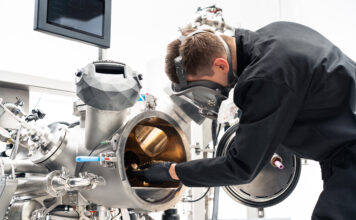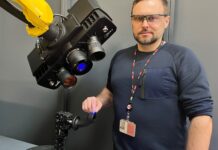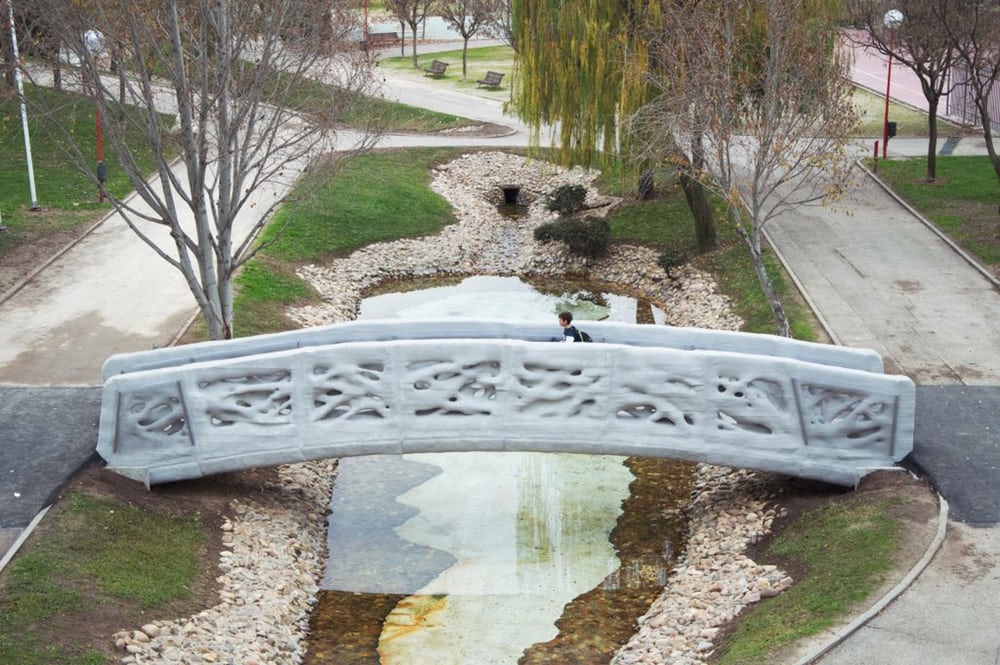High Voltage MLCC for EV Powertrain
The global car market is going through a massive transition to electric vehicles. So far, internal combustion engine (ICE) vehicles have improved powertrains to...
New Heilind distribution centre to open in Poland
Heilind Electronics Europe, a leading global distributor of connectors and electromechanical components, has leased a new warehouse and office complex in Silesia, Poland’s industrial...
3D scanner robot investment means Danfoss Power Solutions can measure
Danfoss Power Solutions, a leading global supplier of mobile and industrial hydraulics as well as electric powertrain systems, has invested in an advanced 3D...
Siemens acquires ZONA Technology, Inc; increases Xcelerator capabilities for climate-neutral aviation
With the global drive toward climate-neutral aviation gaining pace and the rebirth of interest in supersonic travel, innovations in aircraft configurations require careful and...
Dassault Systèmes Delivers Strong 2021 Results, With Fourth Quarter Well Aligned With Guidance
Dassault Systèmes, today announced IFRS unaudited financial results for the fourth quarter and year ended December 31, 2021. The Group’s Board of Directors approved...
EMA Design Automation Expands Operations in Central Europe
EMA Design Automation®, a full-service provider and innovator of Electronic Design Automation (EDA) systems solutions, today announced it is expanding its global reach with...
Samsung Heavy Industries Builds World’s Largest Containership with Intergraph Smart® 3D
Successful construction of the MOL Triumph cements partnership of technological excellence
Finding the flow creates a new way to 3D-print metal
A team of engineers has developed a new way of 3D-printing metals that could improve on existing, laser-on-powder based methods. It relies on using semi-solid metals that are solid at rest, but can flow when force is applied, making it possible to move through the nozzle of a printer. Researchers at Lawrence Livermore National Laboratory (LLNL) hope that the process could lead to higher-quality and lighter metal parts.
3D Printing with plants is cheaper, stronger and more environmentally friendly
Engineers at MIT have developed a way to use plant cellulose as a feedstock for 3D printers, providing another renewable, biodegradable alternative to popular petroleum-based polymers like ABS currently being used. The researchers also believe printing with cellulose could be cheaper and stronger than other materials and even offer potential antimicrobial properties to boot.
Madrid gets world’s first 3D-printed footbridge
The Institute of Advanced Architecture of Catalonia (IAAC) has designed the world's first 3D-printed pedestrian bridge. Installed in the urban park of Castilla-La Mancha in Alcobendas, Madrid, and made up of eight separate 3D-printed parts, the bridge spans 40 ft (12 m) and measures 5.7 ft (1.75 m) wide.














